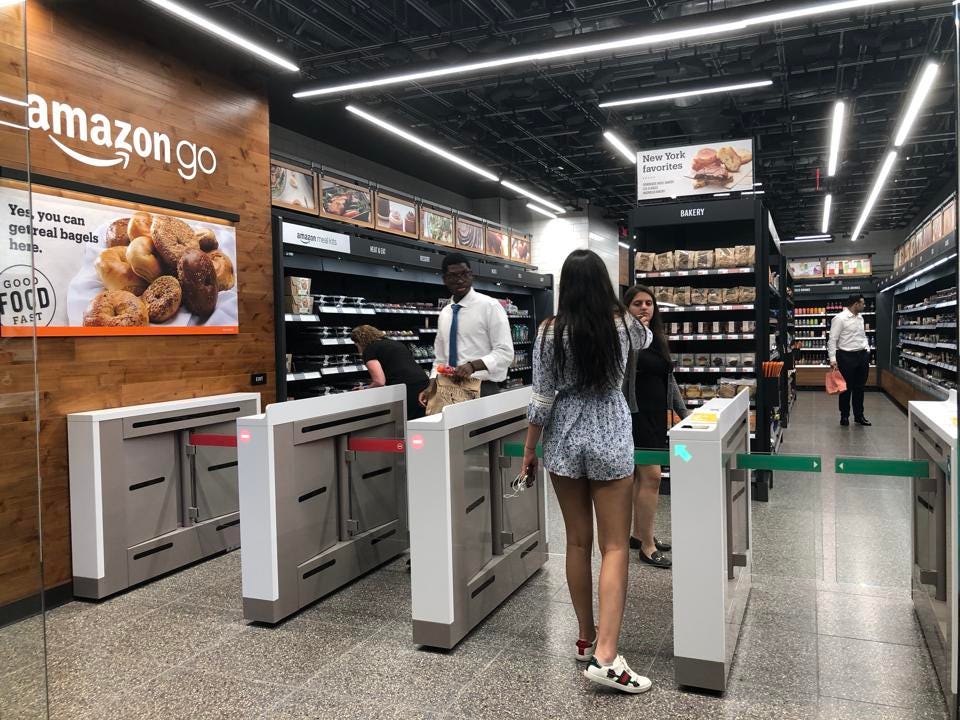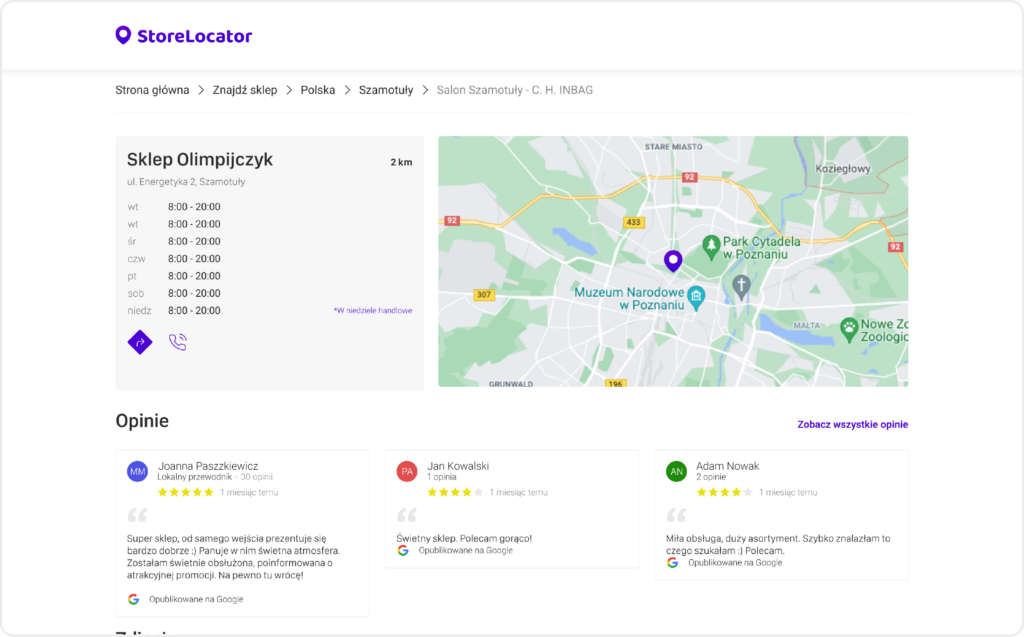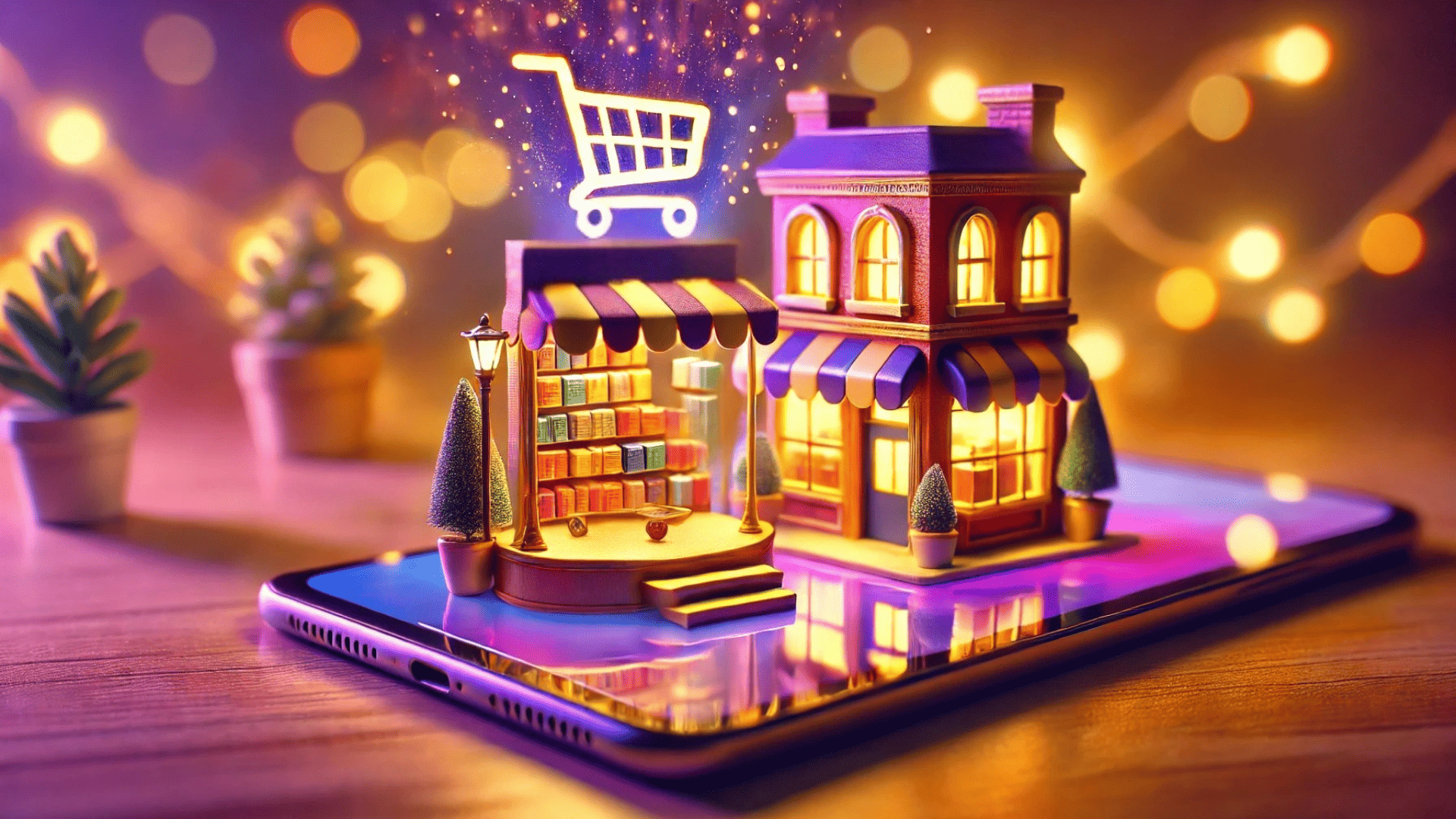The future of brick-and-mortar shopping

Weronika
October 7, 2024
|
In the previous article about customer expectations towards brick-and-mortar shopping, we mentioned that this sales channel is still appreciated by almost 30% of respondents. Brick-and-mortar shopping is still here, but will it stay for long? Today, we want to look into the future and see how this form of trade will likely evolve. THE FUTURE SHOPPER REPORT 2021, conducted on 17 markets by Wunderman Thompson last year, will be very helpful!
Before we get to that, though, let’s say a few words about e-commerce. Undoubtedly, this form of shopping will be more and more popular. 62% of respondents said they plan to shop more frequently in the future. The perspectives in Poland are also optimistic – the consulting company PwC predicts that the value of the Polish online trade market will exceed 180 billion PLN in 2027. Of course, the pandemic (and mainly the fact that brick-and-mortar stores have been closed for some time) is the main reason for this growth. But what does stationary trade have to do with that?
Offline trade? Only combined with e-commerce
Although we seem to be at the end of the pandemic, some people still fear “live” shopping—41% of respondents say they are afraid of brick-and-mortar stores. The solution lies in the omnichannel model that we frequently analyze on the Center.ai blog.
Almost 65% of surveyees prefer to shop at online and offline stores. Interestingly, that’s what mainly your people say (63% of answers in the 16-24 age group). For them, convenience is the most important element of buying products.
If you’re curious about how modern shopping behaviors, like researching online and purchasing offline, are shaping the future of retail, explore our detailed guide on the ROPO Effect (Research Online, Purchase Offline). It’s packed with actionable insights to optimize both your online and offline strategies.
The key to the future of brick-and-mortar shopping lies in seamless integration with digital channels. Businesses that master omnichannel strategies create smoother shopping experiences and engage customers across multiple touchpoints. If you’re looking for inspiration, check out these Examples of Omnichannel in Retail to see how leading brands successfully merge online convenience with in-store experiences.
That’s the first essential conclusion from Wunderman Thompson’s report—the offline trade will last and grow as a vital part of the omnichannel model. Therefore, if you run a brick-and-mortar store but don’t have an e-commerce branch, it’s time to create one as quickly as possible.
If you’re looking to integrate offline and online sales effectively, consider leveraging drive to store marketing strategies. These approaches combine digital tools with location-based tactics to encourage customers to visit your physical locations, driving sales and improving the customer experience.
Superstores will stay where they are, but more self-service stores will emerge
Almost every fifth respondent never does their grocery shopping online. 65% said they prefer to buy groceries at a superstore (online or offline) and not at a marketplace like Amazon. So yes, superstores will also last, at least in the foreseeable future.
The next important trend refers to self-service stores. In general, customers value novelties of any sort, both on the web and in the real world (that’s what 66% of surveyees said). One such innovation are self-service stores. 62% said they are eager to buy products at such stores. One of the very first companies to introduce such a concept was Amazon. Their GO stores are now present in four American states (most of them are in New York, Washington, and Illinois).

In Poland, this business model slowly emerges, too. The first self-service stores have already been opened by Żabka – a nationwide chain of convenience stores in Poland. Their Żabka Nano stores are available in 25 locations across Poland. Additionally, self-service checkouts are already in almost every larger store.

Brick-and-mortar stores need to learn how to inspire people
There’s quite a lot to be done here. 80% of respondents said they want to go from inspiration to purchase quickly. However, customers are mostly looking for such inspirations almost exclusively online and not on retailers’ websites. Globally, 39% of customers use search engines for that, 33% opt for social media, and 32% use marketplaces (mainly Amazon, with 29% answers). There are three exceptions – Germany, the UK, and the Netherlands. In those countries, respectively, 27, 29, and 37% of consumers use retailers’ websites for inspiration:

Not many people use retailers’ websites to look for products – only 25% said so (the search engine is the main source – as 40% answered). What does it mean for your store? That you need to focus on inspiring customers and encouraging them to visit your website and your brick-and-mortar stores.
One way to do that is by using our latest tool – Store Locator. With it, you can create intuitive and SEO-friendly subpages for all your stationary stores and points. Thanks to posts, reviews, and photos, you can encourage more people to visit your stores, and if, at the same time, you manage to inspire them as well (here, you’ll need some creativity) – that’s even better!

The growth of loyalty programs
As it happens, brick-and-mortar stores are number one for loyalty programs globally. 50% of surveyees participate in at least one such program at one of the superstores (e.g., Tesco, Walmart, Target), and 16% at one of the wholesale stores (Costco or Makro). Therefore, if you run a brick-and-mortar store, consider engaging your customers in an attractive loyalty program.
What’s important, you don’t have to spend tens of thousands of dollars to build such a program from scratch. You can use a ready-made solution like LoyaltyPaaS. This way, you get access to a fully-fledged mobile app that enables your customers to participate in your program, regardless of whether you run a stationary store or an e-commerce business.
The most popular offline categories
At the end of Wunderman Thompson’s report, there is a question about preferred ways of shopping concerning different product categories. The most answers for “I don’t buy these products online” were in the:
- Healthcare products and medicine (23% of answers)
- Pet products (22%)
- Gardening equipment (22%)
- Vehicles and accessories (22%)
- Premium products (20%)
We can expect that stores selling such goods will stay in business long.
Summary
Today, running a trading business is quite a challenge! You have to keep up with the market and ever-growing customer expectations. You must also look for new ways to streamline customer communication and the shopping experience. However, all that is worth the effort because offline trade is here to stay, at least for now. Moreover, it dynamically evolves, and you, as an entrepreneur, must be aware of these changes.
One of the most important things to consider is staying in touch with your customers and encouraging them to visit your stores. We can help you with that by analyzing and responding to reviews that you get as well as the aforementioned Store Locator.
We invite you to give Center.ai a try – for free and with no obligations!
Share article:
Search Blog
Most popular posts
Join the newsletter
Receive the latest content on reputation building and boosting foot traffic in brick-and-mortar stores.








